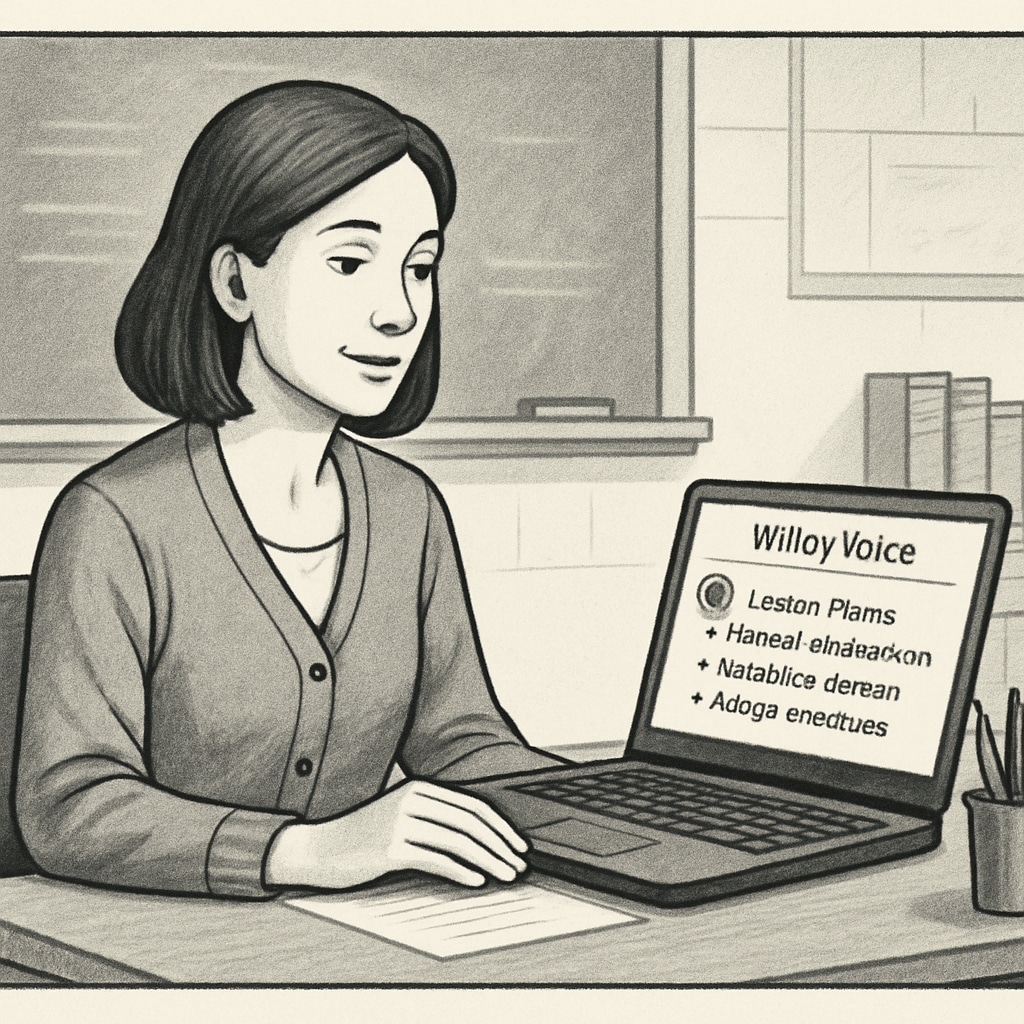Teachers often face overwhelming administrative tasks that can detract from their core mission: educating students. Tools like WillowVoice leverage speech-to-text technology to address these challenges, enabling educators to optimize their workflows and focus on impactful classroom interactions. By automating repetitive tasks like documentation and communication, WillowVoice is reshaping how K12 teachers manage their time, improve lesson planning, and deliver higher-quality student feedback.
In this article, we’ll explore how WillowVoice is transforming education by reducing administrative burdens, enhancing productivity, and fostering stronger connections between teachers, students, and parents.
Empowering Teachers Through Automation
Administrative work such as recording grades, writing lesson plans, and documenting student progress can consume hours of a teacher’s week. WillowVoice’s advanced speech-to-text technology simplifies these processes by allowing teachers to dictate their notes and instantly convert them into accurate text. For example, a teacher can record observations during class and have them transcribed into actionable reports, saving time and ensuring precision.
In addition, this technology supports multilingual transcription, ensuring accessibility for diverse classrooms. As a result, teachers can address the needs of all students without being slowed down by language barriers.

Improving Student Feedback and Lesson Planning
Providing meaningful feedback is critical for student success, but writing detailed comments on assignments or projects can be time-consuming. WillowVoice streamlines this process by enabling teachers to quickly verbalize their feedback. The transcribed text can be shared with students, ensuring clarity and timeliness.
Furthermore, lesson planning becomes more efficient with WillowVoice. Teachers can brainstorm ideas, dictate lesson outlines, and develop comprehensive plans in less time. This allows for a more tailored and adaptive approach to teaching, meeting the individual needs of students.

Simplifying Parent Communication and IEP Documentation
Effective communication with parents is essential for student development, yet crafting emails or reports can be tedious. WillowVoice eliminates this challenge by allowing teachers to dictate messages that are converted into professional and concise text. This fosters quicker and more meaningful engagement between educators and parents.
Similarly, Individualized Education Program (IEP) documentation, which is vital for special education, benefits greatly from speech-to-text technology. Teachers can record their observations, meeting notes, and progress updates in real-time, ensuring compliance and accuracy. As a result, educators spend less time on paperwork and more time supporting students with unique learning requirements.
Enhancing Teacher Productivity and Reducing Burnout
The demands of teaching often lead to burnout, especially when administrative tasks pile up. WillowVoice helps alleviate this pressure by automating labor-intensive processes, enabling teachers to focus on their passion for teaching. The time saved can be redirected towards professional development, classroom innovation, or simply reducing stress.
Moreover, WillowVoice’s user-friendly interface ensures that even those with minimal technical expertise can integrate this tool seamlessly into their daily workflows. Its adaptability across devices—such as tablets, smartphones, and laptops—makes it a versatile solution for modern educators.
As a result, speech-to-text technology like WillowVoice is not just a productivity tool; it’s a transformative innovation that empowers teachers to reclaim their time, improve their teaching strategies, and enhance overall educational outcomes.
Learn more about speech-to-text technology on Wikipedia and explore education trends on Britannica.


